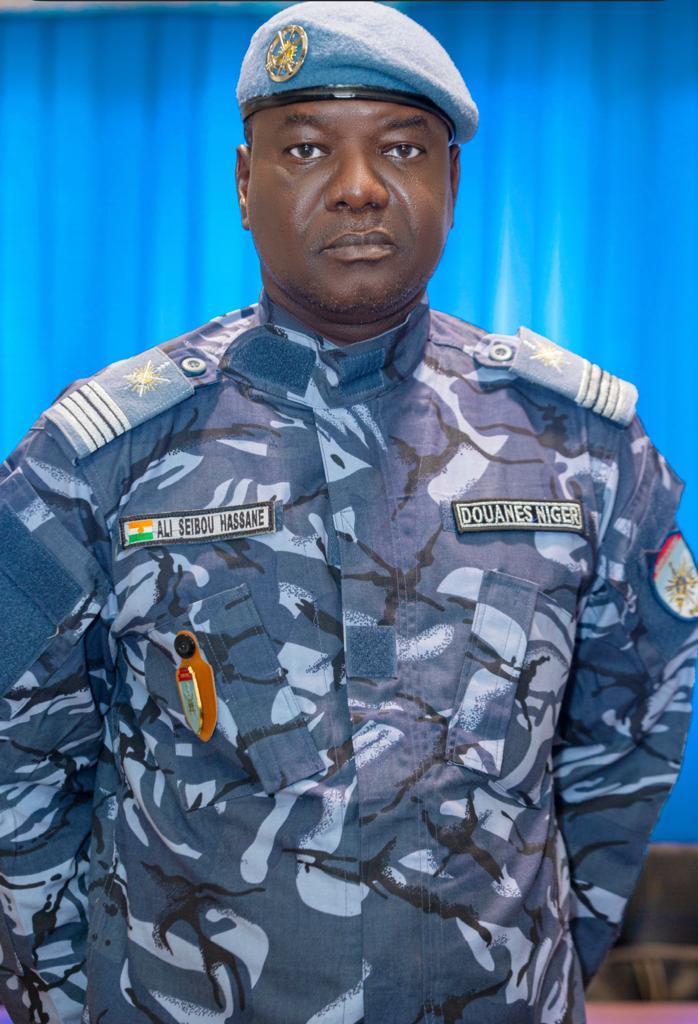Niger

- APPO
- MEMBERSHIP
- Niger
summary
A West African country, Niger is bordered by Algeria and Libya to the North, Chad to the East, Nigeria and Benin to the South and Burkina Faso and Mali to the West.
Niger is a Sahelo-Saharan country, with a rich history and a people made up of a variety of ethnic groups living in harmony.
Niger’s geographical location makes it a crossroads for trade between North Africa and South Africa of the Sahara. Located in West Africa between the parallels 11°37 and 23°33 of northern latitude on the one hand, and the meridians 16° of eastern longitude and 0°10 of western longitude on the other hand, Niger covers 1,267,000 km². It is one of the largest countries in West Africa and ranks 6th on the continental scale (after Sudan, Algeria, the Democratic Republic of Congo, Libya and Chad).
Surface water resources are relatively important and are distributed in two large areas: the Niger River basin and the Lake Chad basin. Niger’s subsoil abounds in important mineral resources, notably: uranium, gold, coal, oil …
Niger gained independence on August 3, 1960, like most West African States. The official language is French. It has a population of about 22.44 million, with the capital Niamey located in the western part of the country along the Niger River. The country is subdivided into eight regions: Niamey, Agadez, Diffa, Dosso, Maradi, Tahoua, Tillabéry and Zinder. It is a predominantly desert country with three climatic zones: the northern or Saharan zone, the central or Sahelian zone and the southern zone known as the Sudanian zone. Rainfall varies from zero to 800 mm per year depending on the zone. The hydrology is composed of the Niger River and its tributaries (Sirba, Gorouol, Dargol, Tapoa, Goroubi, Diamangou, Mékrou, etc.), Lake Chad, Lake Madarounfa, the Telwa River, and the Dallols Bosso, Majia, Maradi, and Kaba Rivers.
The main activities of the people are agriculture, livestock, fishing, and crafts. Exports include oil, uranium, gold, livestock, pastries, onions, peppers, fish, handicrafts, and gemstones. A mining country, Niger ranks fourth in the world in uranium production. In 2011, it became an oil producer with a production of 20,000 barrels/day for local consumption. The intensification of research work over the last ten (10) years has led to significant oil and natural gas discoveries in 2018. Thus, Niger intends to increase its oil production from 20,000 to 110,000 barrels/day by 2023.
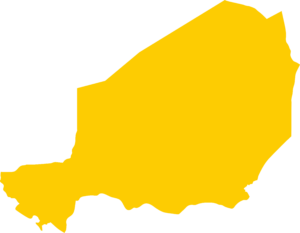
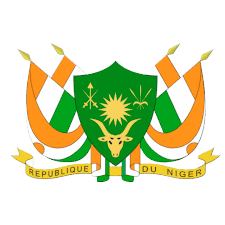
Independence Day
August 3, 1960
Official language
French
Capital
Niamey
Main cities
Maradi, Agadez, Dosso, Tahoua, Zinder, Tillabéry, Diffa
Population
22,440,000
Natural gas reserves at the end of 2020
24.175 million cubic meters
Proven crude oil reserves at year-end 2020 (2P)
992.74 million barrels
Crude oil production from 2011-2021
55,160,079.36 barrels
Natural gas production from 2011-2021
303 943 379,36 mètres cubes
Currency
CFA Francs (UEMOA) (XOF)
Nominal GDP (2018)
7,121,376 million CFA francs (12.717 billion USD)
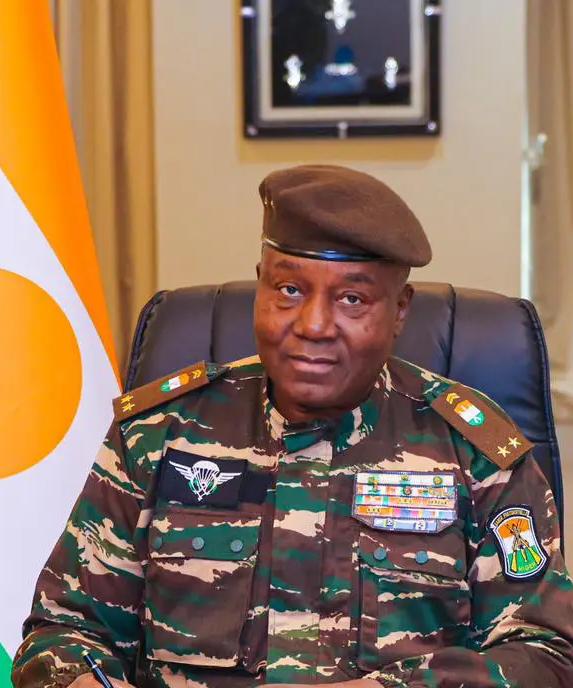
H.E. General Abdourahamane Tiani
Head of State
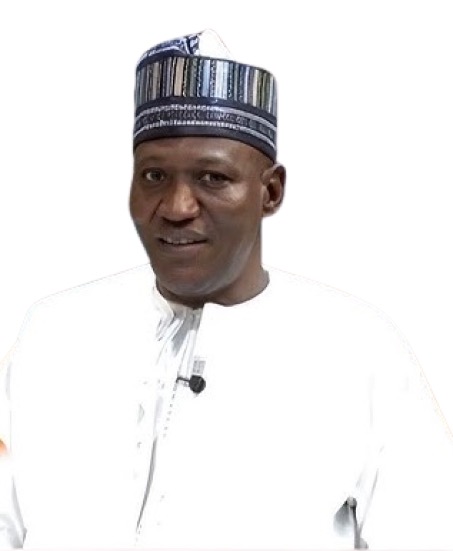
H.E. Dr. Sahabi Oumarou
Ministre du Pétrole
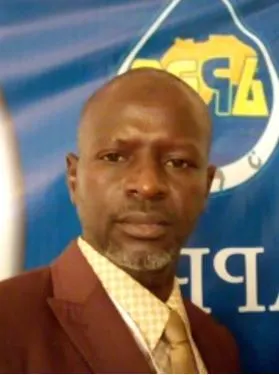
Mr. Salissou MOUSSA DIAKITE
APPO Executive Board Member
